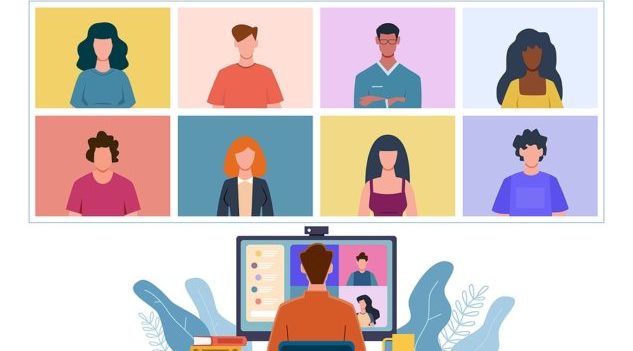As Australia continues to settle into a post-pandemic world, it raises the bar for businesses to adapt and align their processes with evolving restrictions, changing conditions, and new consumer habits. This year will be defined as a “hybrid”: a half-in, half-out working environment that could become a fixture in the immediate future. In fact, Zoho research revealed that 50 per cent of Australia’s 2.35 million small businesses intend to make remote work their “new normal” even after COVID-19 restrictions end.
This more permanent working setup doesn’t only have ramifications on how a business runs but impacts the ways they build, maintain, and grow crucial customer relationships. Success, then, both today and long-term, is predicated not necessarily on ground-breaking tactics but on a commitment to an easily-ignored process: customer communication.
A business foundation built on effective customer communication
Well before the pandemic flipped the way we work on its head, many businesses were devising policies related to remote work or digital-first operations out of choice. That choice has become a necessity for many others, so it’s now crucial to build a business with strong communication weaved into its fabric.
Research from MIT found that communication was the single most important ingredient to successfully manage a transition to remote work. Meanwhile, the annual cost of poor communication for small businesses with 100 employees or fewer was over half a million dollars (AUD). So whether you’re a previously-bricks-and-mortar retailer now selling e-commerce only, or a small accountancy firm without a high-street office front, external communication is just as essential as internal.
To master the long-term transition, businesses must adopt tactics that will support efficient communication with customers. If your policies, offerings, contact details or anything else – big or small – has changed, communicate it. Customers are core to every business, but if they find it difficult reaching or interacting with your business, there’s nothing to stop them using a competitor. The basis for delivering strong communication, today, is technology.
Impactful customer experience powered by technology
When working remotely, creating a meaningful and lasting relationship with new and existing customers can be complicated. However, leveraging the right technology can make a world of difference. Supported by the power of digital tools, you can easily build trust despite uncertain situations by remaining accessible, responsive, and committed to staying in touch. Few things can replace face-to-face interactions, but if that’s no longer an option, virtual consultations or website chatbots can be far more effective in delivering fast, effective communication and building more meaningful relationships than, for example, email.
It’s important to remember that, in addition to what your customer sees and feels, the data that can be leveraged through technology allows you to understand customers on a deeper level – further strengthening your long-distance customer-business relationships. Consistency, too, is key, especially if you’re trying to build brand recognition through communication channels. Integration of messages, channels and software is far more effective than a siloed approach that utilises a plethora of technologies. Internal communication aids external communication, and software like a CRM (Customer Relationship Management) allows your business to understand every customer, and communicate with them through the most effective channels and messages.
Strong communication is not something you can set and forget. Maintain regular touchpoints, continuously ask for feedback and remain nimble, changing up your tactics to better serve your customers if needed. Good communication will not only assist with customer retention but customer acquisition too. It may sound simple, but in extraordinary times doing the basics well and leveraging the right tools can be one of the greatest competitive advantages available to small businesses.
Vijay Sundaram, Chief Strategy Officer, Zoho
















